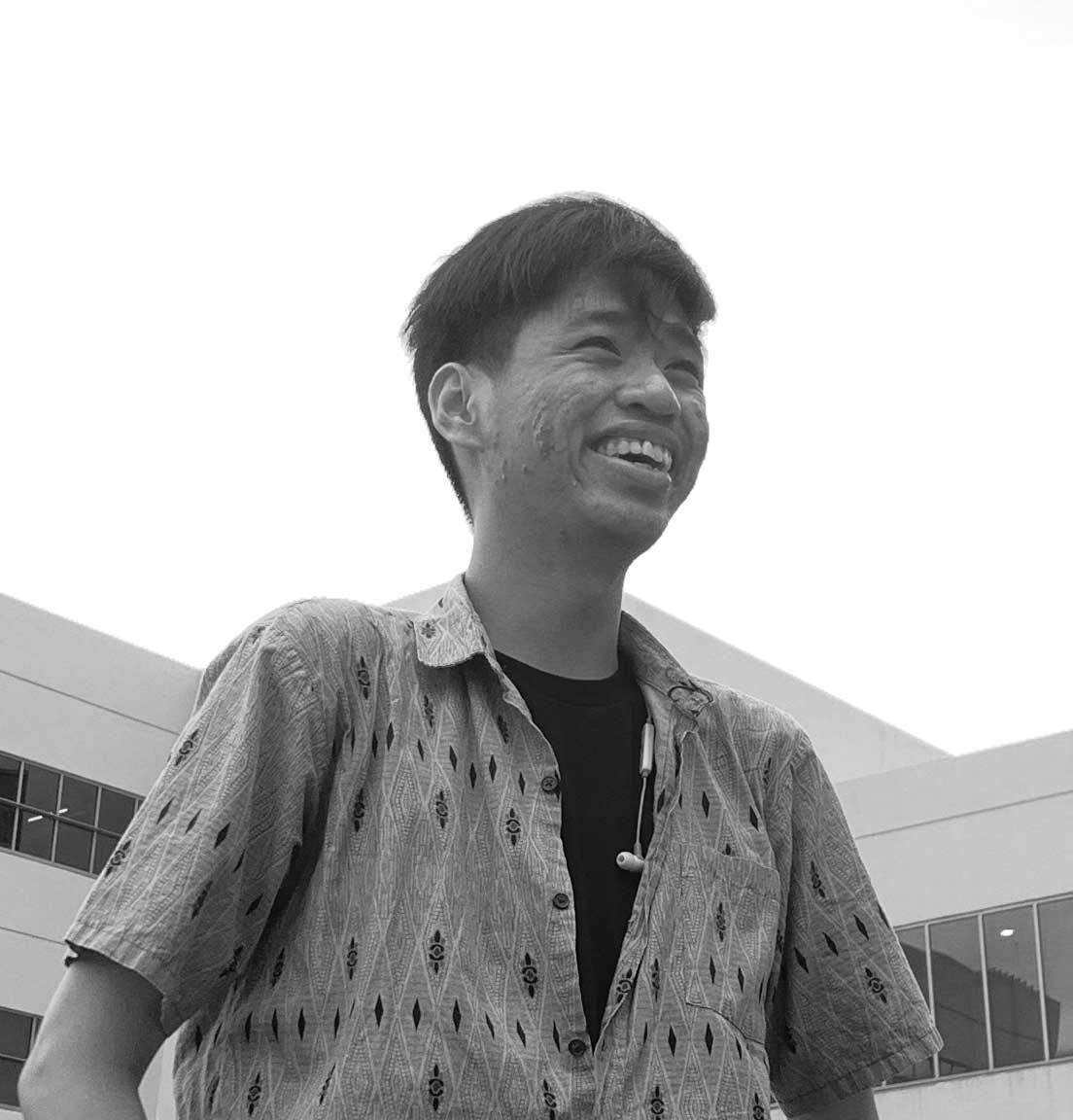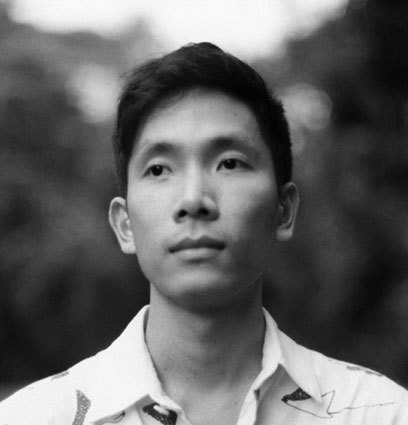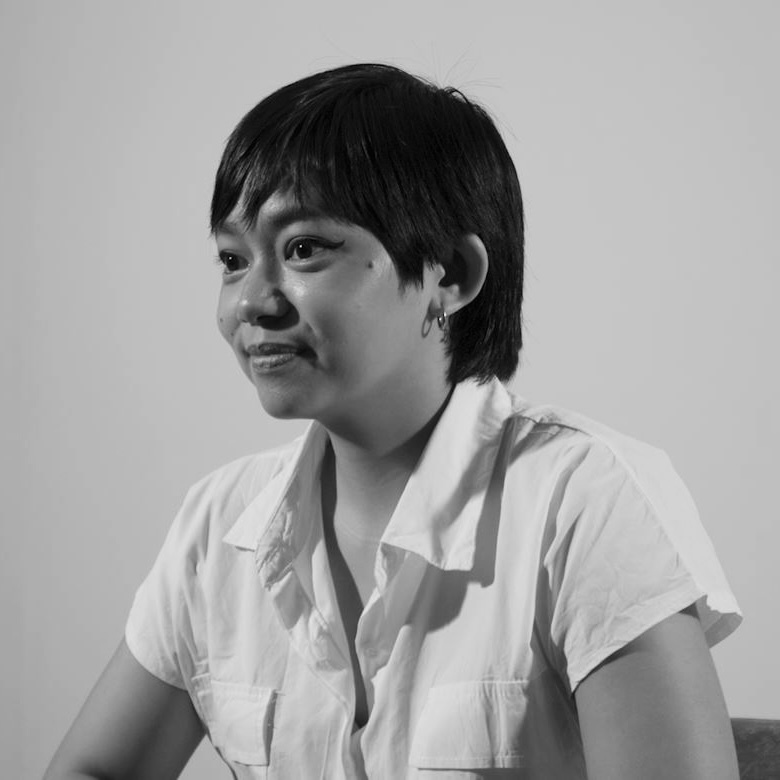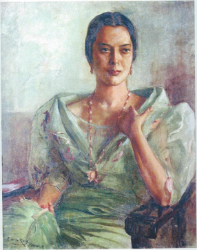On Soup of Grace Episode 1: “Hakus (Embrace)”
Roland Barthes (1968) wrote, “Literature is that neuter, that composite, that oblique into which every subject escapes, the trap where all identity is lost, beginning with the very identity of the body that writes.”
It is a daunting task for a practicing Filipino artist to be critical towards a piece in which the said artist is involved in. As the history of art criticism goes, there is an often-contentious relationship between artists and art critics. This paper is an attempt to illustrate the struggle of marrying two seemingly combative practices: perception of the piece from the audience’s point of view and criticism of the piece as a participant. The struggle to “read” dance should occasionally welcome the breath of an insider’s biases, especially as criticality of contemporary dance pieces moves into process-over-product. It is necessary to understand the process of production to be able to confront the perception of dance in a deeper manner.
The term reached its finality after an argument over proper crediting, therefore attributing this piece to the choreographic direction of husband-wife tandem Ma. Elena Laniog-Alvarez and Herbert Alvarez. The film is by Ruelo Lozendo with music by Teresa Barrozo. Soup of Grace is a choreographic research project attempting to address the issues of dance creation during the pandemic. The landscape changed drastically from a purely physical space into a virtual platform. The layer of being unable to physically connect, yet able to still “dance together” virtually inspired the concept of Laniog-Alvarez’s No Touch Touch. Throughout the sessions with the directors were movement explorations done one-on-one via online, involving discussions and interdisciplinary collaborations.
Dance Film as Anthology of Embodied Studies
The dance film begins with an introduction, followed by visuals of intimate and quiet movements. The music seems like an invitation for meditation. Clips spliced from one (or two) hand movements to the other, eventually dancing together. The hands, as the symbol for tactility, sometimes not quite touching each other, sometimes in a caress. To the innocent yet open senses of a viewer, the visuals almost call to breathe along.
The recorded film allows a return for a second investigation of the elements of this ephemeral art. None of the movements fit the Western dance vocabulary, there are no formal names for the “steps”. The bodies may not appear to be a traditional dancing body (notable dance critic Basilio Esteban Villaruz appears in a simple but powerful breathing sequence), yet it takes a dancer to recognize the traces of a dancer through the body’s stance, posture, and certainty in the movements.
The geographical separation from one individual to the other is established by seeing the soloists in different settings, confirmed in the final credits. Free from make-up and “performance costume,” the dancers settle in a range of locations – both urban and non-urban (woods, beaches, gardens). Here begins the wondering of a new form of curation through the vision of both film and choreographic directors.
How were the participants chosen? The faces are familiar (only) to members of the dance community, and their reputations precede them. Is this information necessary in this criticism? In some ways, yes. Laniog-Alvarez’s choreographic process requires maturity and the extra skill to listen to both body and spirit. How were the sequences programmed? The context of the process is quite simple: a “mother” choreography but executed according to the body’s flavor. Questioning the sequential programming can be dismissed lightly because of thematic variations and repetitions. The performers do not appear to be performing for an audience, but the audience is given glimpses of bodies in states of reverence. Soup of grace, indeed.
No-Dance Dance
It is interesting to see the play on time, juxtapositions through time-lapses and slowed motions. If the viewer is keen enough, the film dances from sunrise to evening as lights and shadows caught in frames are programmed into a single narrative. The mystery of when or how the music and the spliced videos came together leaves the viewer guessing which set the tone first and where the connection begins and ends. Hakus’s 23 minutes sits between a normal dance duration and a full-length production. The untrained eye can be impatient and would argue against a conceptual performative “non-dance”. Some have politely refused to sit through the film because of the lack of dancey-ness.
However, it is what it is and will remain so. It is patient in its puzzling and mystifying embrace. More relevant to the choreographic directors are the responses and insights of the collaborators — if they have indeed felt the meditation and the prayerfulness of the process.
It is difficult to achieve success in the attempt to channel Roland Barthes in this essay, especially when the interchangeable roles of a singular author-text-reader-author have mentally transformed into collaborator-body-audience-critic. This is a performative non-dancing from one role to the other while maintaining one body, one brain with a wealth of information. Returning to the initial disclaimer of struggling to write about dance as a dancer, it is a suggestion to move forward bravely and unapologetically when confronting writing with biases. Somewhere along the lines of Roland Barthes’s death of the author, Hakus either begs to differ or resonates with by keeping the performer’s intentions alive.
REFERENCES:
Barthes, Roland. “The Death of the Author.” Sites.Tufts.Edu, 1968, https://sites.tufts.edu/english292b/files/2012/01/Barthes-The-Death-of-the- Author.pdf.
Alvarez, Herbert. “Soup of Grace Episode 1 - HAKUS (embrace).” Youtube, dance film by Soup of Grace, 30 Oct. 2020,







